Review: Mindjolt's Paddle Games: Back Up
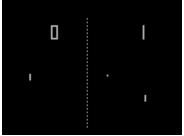
A brief history of Pong and Breakout
The history of paddle games is a long one, at least in terms of video games. It started with the Magnavox Odyssey, the first home video
gaming system, which was released back in 1972. With it, came a table tennis game. This was the world’s first paddle game. That same year Atari released the arcade version of PONG (the first arcade version was all in caps…so you should yell it in your mind as your read it!). The Odyssey sunk in the market due to marketing issues but PONG was a hit with friends challenging each other to hours of ping-pong fun. And with PONG began the paddle game phenomenon. A couple of years later, Atari released a different type of paddle game called Breakout. In Breakout, instead of having an opponent hitting the ball back to you, you had to clear blocks from the screen by hitting them with the ball. Both Pong and Breakout had huge followings, and have been copied time and time again over the years for almost every major console, and hand-held game platform. Mindjolt feature all kinds of paddle games on Facebook. Some copy Pong, others Breakout, some are fun, some are not.
Back Up (1 out of 5)
Back up is a Pong clone with four paddles. There are three degrees of difficulty, you can control one paddle, two paddles or all four
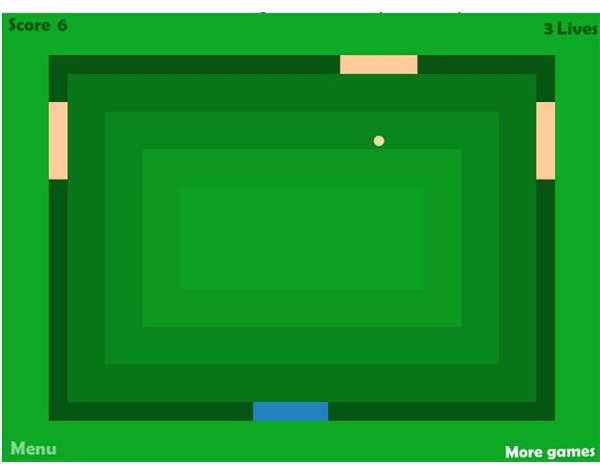
paddles! The goal of the game is to make sure the ball stays on the screen. This is done by bouncing the ball off your paddle(s). You get points every time the ball hits a paddle, whether you control the paddle or not. Back Up gets extremely difficult when you add in more than one paddle. When controlling two or four paddles you have to split controls with the arrow keys and the ASDW keys, herein lies the challenge. This is a pretty traditional Pong clone, with very basic rectangular paddles and ball. There is no sound in the game. My one major complaint is that once you miss a ball the next ball appears right away and play continues. If you are controlling 2 or more paddles, and you are not in the left end of the screen you will loose another ball.
Breakdown (3 out of 5)
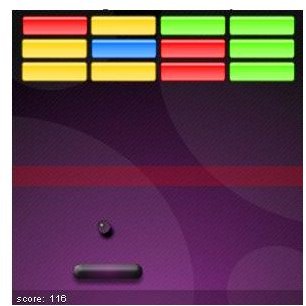
Breakdown is a Breakout clone with a color-coded twist. You have a small game board with rows of four blocks. Every time the ball hits a block, the block changes color. When all the blocks in a row are the same color, the row disappears. New rows constantly fall into the game board pushing old rows closer to the paddle at the bottom of the board. You gain points in two ways, by making rows disappear and changing a block’s color. The game will end in one of two ways. The first, is if the rows to meet the red line near the middle of the game board. You must make rows disappear quickly enough to ensure the rows don’t cover that much of the board. The second way the game ends is to miss bouncing the ball back up towards the blocks three times.
This is a fun little game. It has nice graphics but no music and very few sound effects. Unfortunately, because each row only has four blocks and the game has a small game board, the game has little staying power. After a few tries most players will likely give up on it and move on.
Pongnop (3 out of 5)
Pongnop is a Pong clone that makes you feel like you are playing two games at once! The game is divided into two game boards, a blue
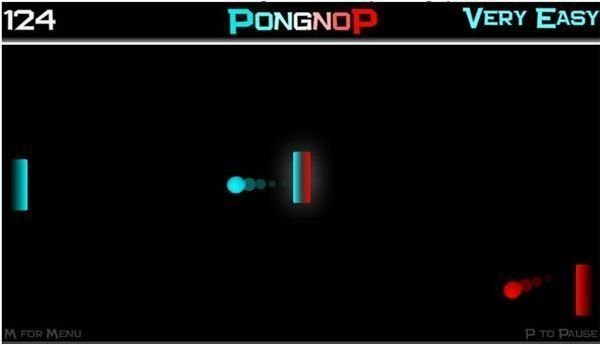
side and a red side. Your paddle is in the middle and can move up and down. You have to try and keep each ball in play in it’s game board. This is done by keeping the blue ball on its side of the game board and the red ball on its side. If you miss a ball, and it goes into the other colors game board, that paddle may still hit the ball and the game continues on. If either ball leaves the game board then the game is over.
Brick!3 (4 out of 5)
A unique little Breakout clone. Brick!3 offers unusual game physics, a level editor, and even has levels made by other users available
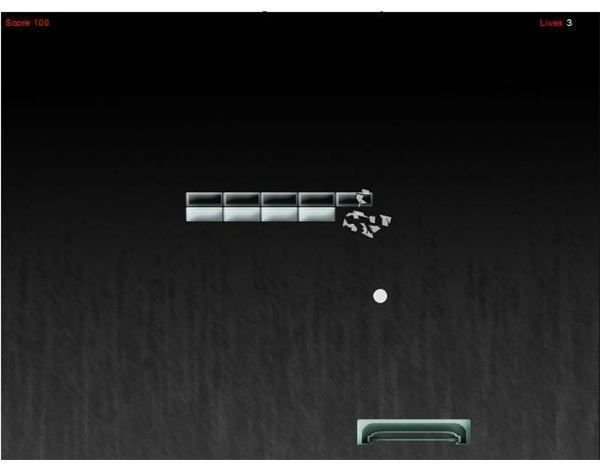
to play. In Brick!3 the control of the ball is very different to most Breakout-style games. When the ball hits the middle of the paddle it slows and doesn’t gain as much elevation, if the ball hits a corner of the paddle, the ball flies across the screen. Once the ball speeds up it’s hard to slow it down again, even by hitting the ball with the middle of the paddle. You gain points only when a brick is blown up by hitting it with the ball. If the brick requires you to hit it with the ball more than once, you will only get points for the hit that makes the block explode. You start the game with three lives. You lose a life each time all of your balls fall through the bottom of the game board.
The Level editor is a neat option to the game. You can test each level throughout its design. When complete you can submit it so other players can play a level you’ve created.
Pong (3 out of 5)

Pong is a flash version of the original Pong game. It is a fast passed ping-pong game. This Pong version is almost identical to the original Pong in graphics and sound effects, the only difference that it is in color. The game board is blue and everything else yellow. Despite its simplicity, despite its age, and despite the fact that there are graphic heavy MMO worlds out there like World of Warcraft, this simple little game perseveres and is still fun. I doubt many people will spend hours at their computers playing Pong, but anyone with a nostalgic love for Pong should give this game a try.
